 Yes, you can even use polymer clay to create a Halloween costume! It’s Friday, time for a little weekend inspiration and polymer clay goofiness. Here are some fun masks from Flickr, both in polymer and traditional clays. Hopefully you’ll find them inspiring or amusing!
Yes, you can even use polymer clay to create a Halloween costume! It’s Friday, time for a little weekend inspiration and polymer clay goofiness. Here are some fun masks from Flickr, both in polymer and traditional clays. Hopefully you’ll find them inspiring or amusing!
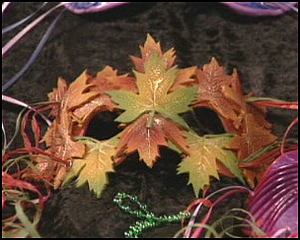 Polymer Clay Leaf Mask from Anne Igou and another mask from Anne from the DIY network.
Polymer Clay Leaf Mask from Anne Igou and another mask from Anne from the DIY network.
And now I’m going to send you over to Polymer Clay Productions for a podcast on making masks.
I’m still accepting Halloween inspired polymer clay creations for the upcoming reader’s gallery. Email your photo to me along with your blog or website link if you have one. Have a fun week of claying and I’ll see you back here on Monday!
Flickr photo credits:
1. goat_detail_800, 2. Female Clay Mask 1, 3. Fionn, clay mask, 4. Mr Pumpkin Weatherspoon, 5. autumn leaves, 6. dragon mask, 7. Gold and Black mask, 8. Round, 9. whaleboyside, 10. Super Dog Ornament, 11. Maori Mask, 12. Mask
Created with fd’s Flickr Toys.
[tags]polymer clay, halloween, costumes, decorating, arts and crafts, masks[/tags]
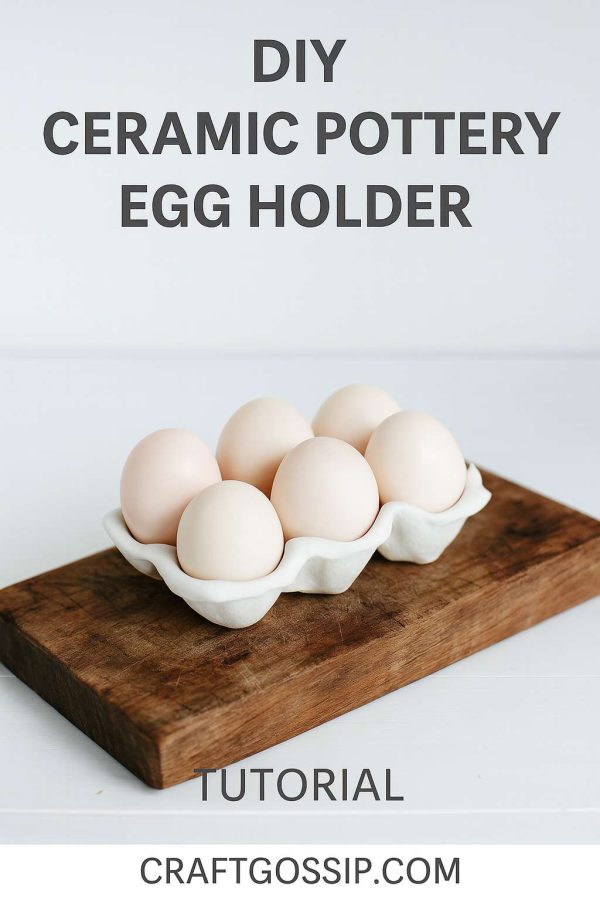
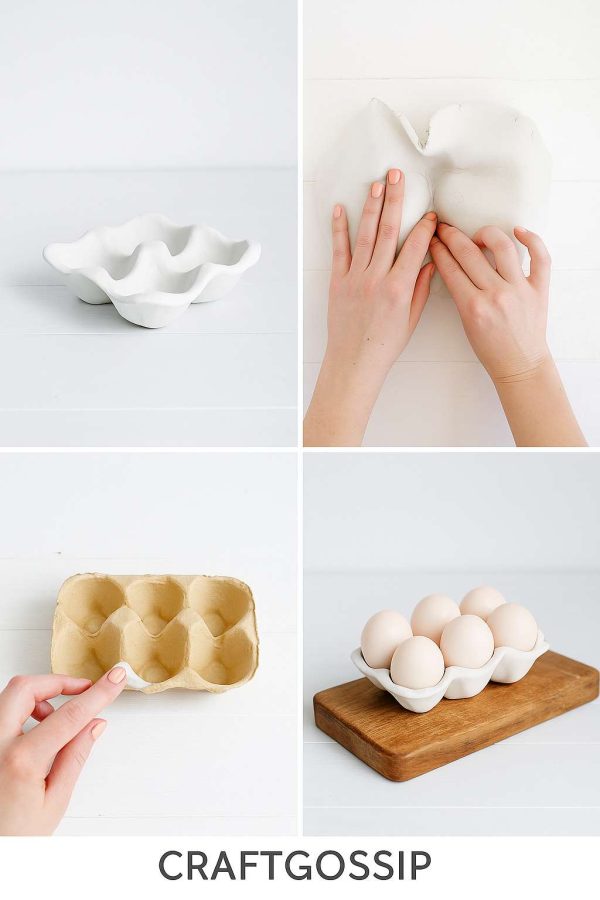
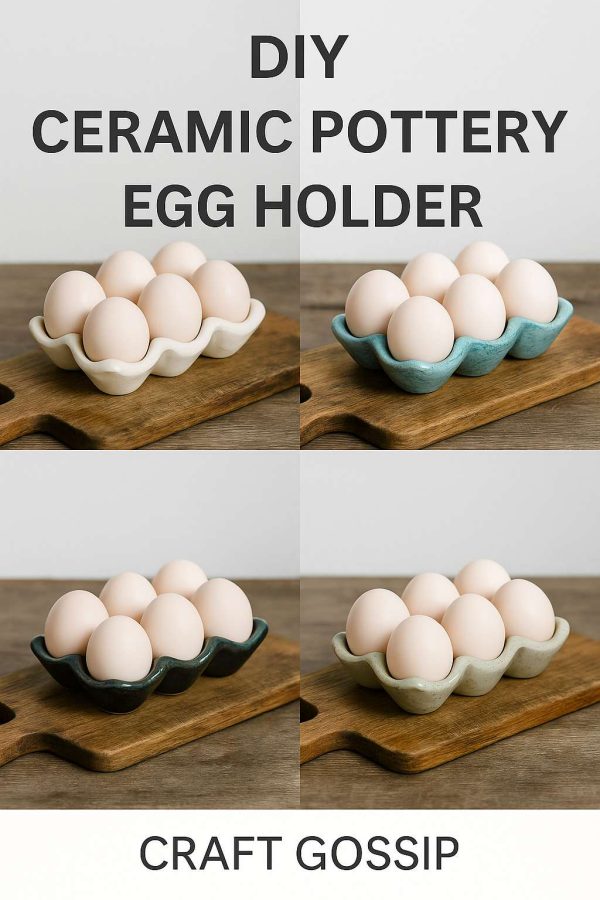
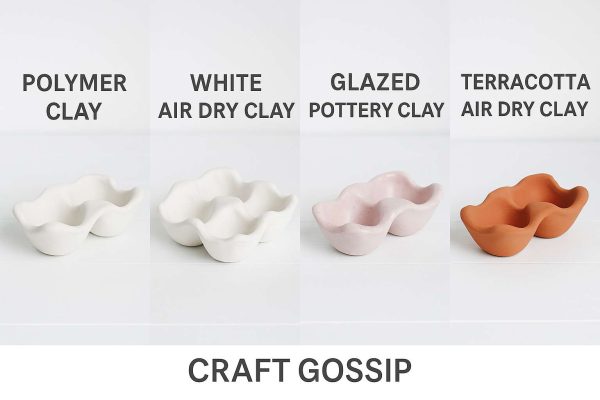
These are very pretty!
Do you use your own face to “shape” the mask or do you have a form you use? I’ve thought many times of making a pretty mask to put up for decoration, but have no clue how to form it.
Beautiful pieces, thanks for sharing.
You can actually buy papier mache or plastic craft masks at the craft store or cut out approximate shapes and bake them over a former like a bowl.
I am very interested in making a leaf mask like the one pictured here on your page, listed as “polymer cla leaf mask by Anne Igou from the DIY Network”, but I can’t find a link to its instructions.
Where can I find more information about this mask? I’ve never used polymer clay before.
Thank you!
Hi Sean! The post you’re commenting on is from 2007 and the link it refers to appears to not be there anymore. If you google polymer clay mask tutorial you’ll find some other ideas and hints out there. You can find polymer clay, leaf shaped cutters and cardboard masks at the craft store. I would use a base mask shape made from card or stiff fabric, cut out the leaf shapes and bake it draped over the mask then adhere it with strong glue after baking. You can paint and embellish to your hearts content after that.